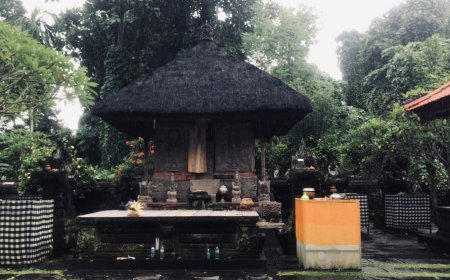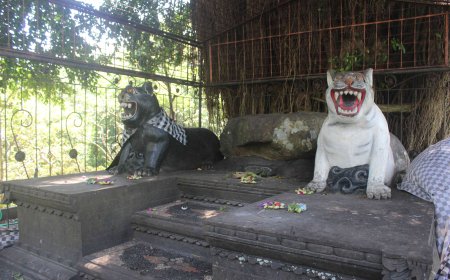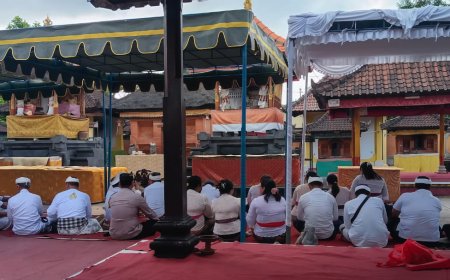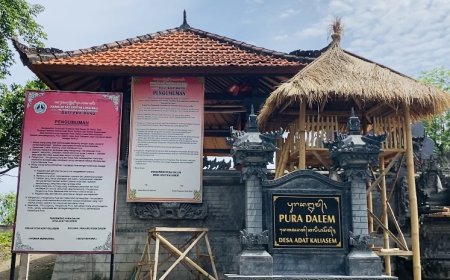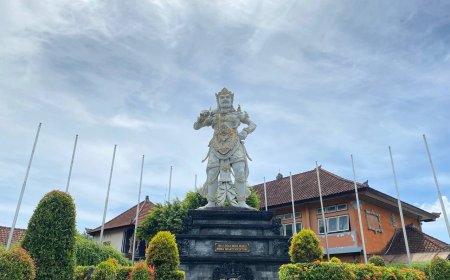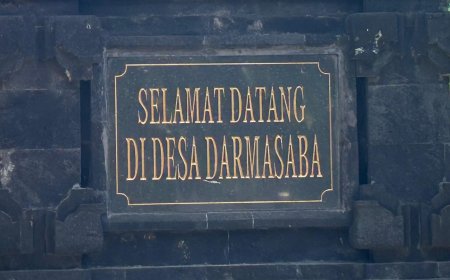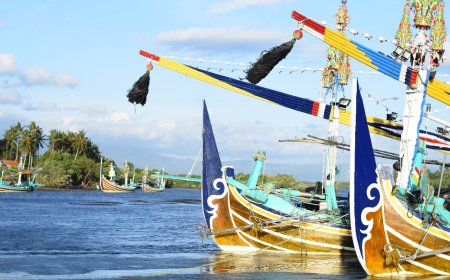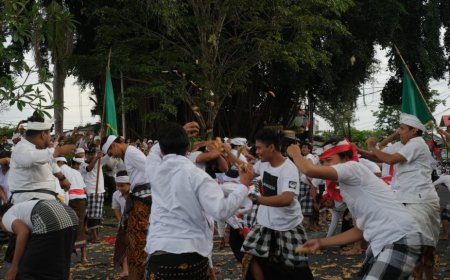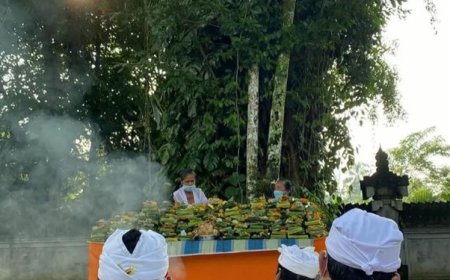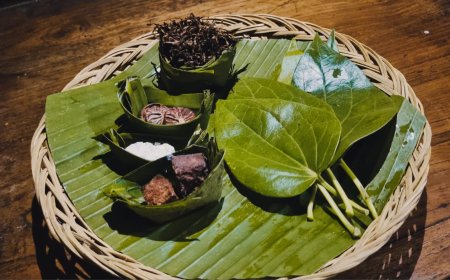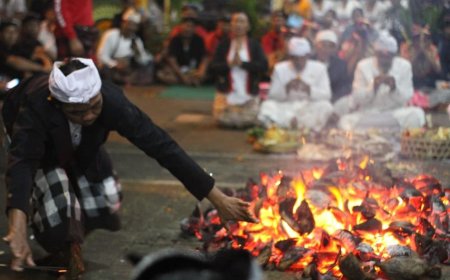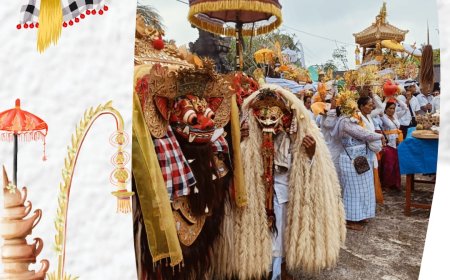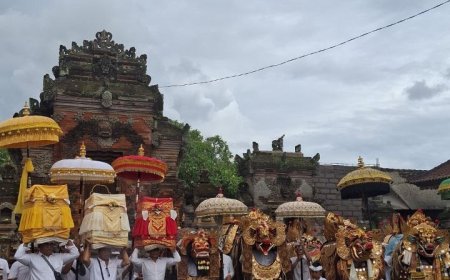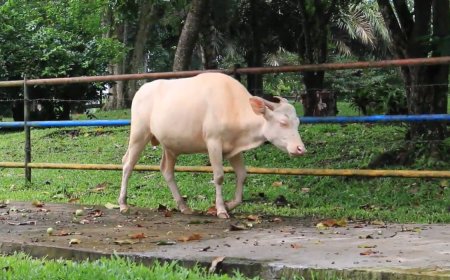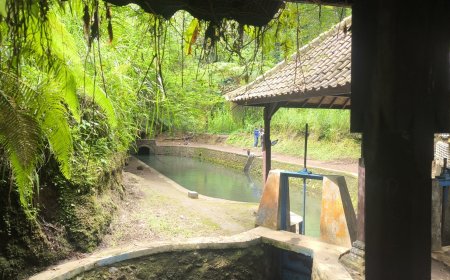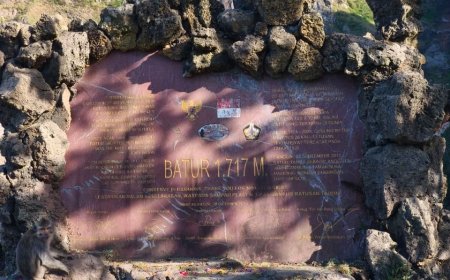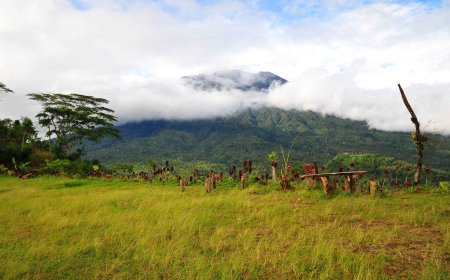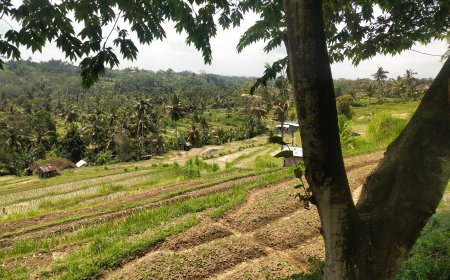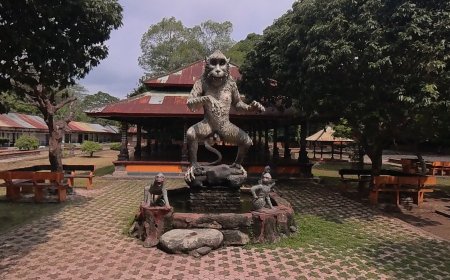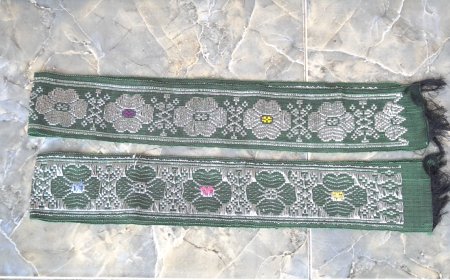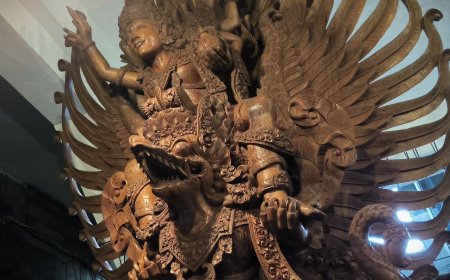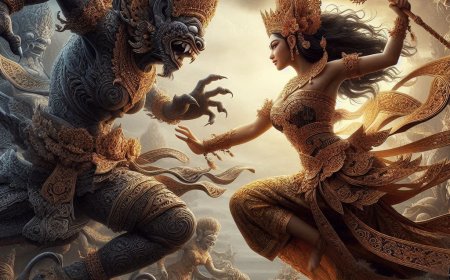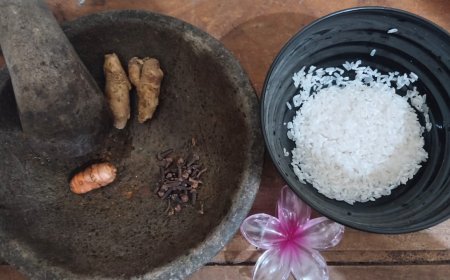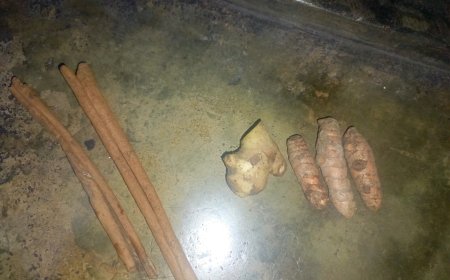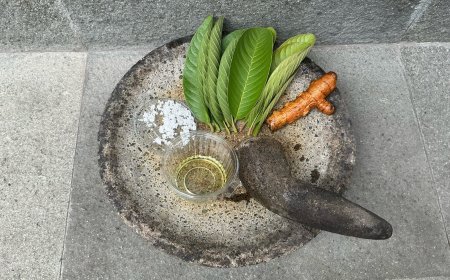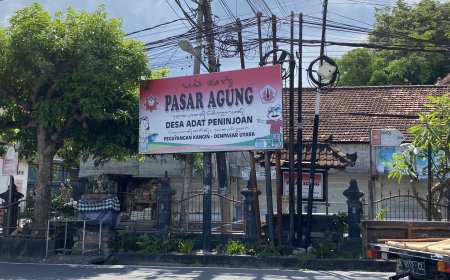SangHyang Janger Maborboran: a sacred dance in Yangapi village to ward off the plague
In Balinese culture, art and religion are closely intertwined, where events are often difficult to separate from religious aspects. Balinese society has a variety of performing arts rooted in Hindu religion and culture, which have become the hallmark of Balinese society. Most of the traditional Balinese performing arts serve for religious ceremonies, which are always held at a time that is considered sacred and a special place. In fact, there is a performing art that is only held when a village faces an outbreak of disease, namely the SangHyang Jaran Maborboran dance.
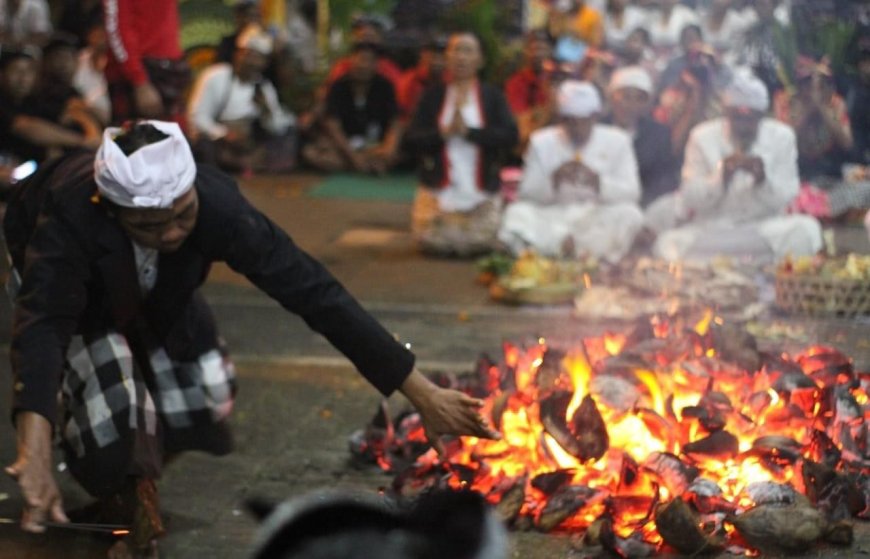
Sanghyang Janger Maborbor dance is a form of traditional performance that is performed when a village is faced with an outbreak of disease that can attack humans or plants. This dance is also associated with religious ceremonies at Masceti Temple and other temples in Yangapi Village. Interestingly, in the era of globalization, the Sanghyang Janger Maborbor Dance has become part of the entertainment and spectacle for tourists. Research was conducted for this reason, with the aim of exploring the ethical and aesthetic values contained in the Sanghyang Janger Maborbor Dance performance.
The elements of the Sanghyang Janger Maborbor Dance performance do not differ much from Janger performances in general. This dance involves a group of male dancers (Kecak) and a group of female dancers (Janger). The elements that make up the Sanghyang Janger Maborbor Dance involve dance movements, vocal songs (sekar rare), makeup, music, a performance venue (kalangan), and lights as lighting. Dancers use traditional Balinese makeup and clothing that is usually used in religious ceremonies by Hindus in Bali. The performance is performed in an open place called kalangan, with restrictions on the entry and exit of dancers using a piece of cloth (langse). Electric lights are used as lighting, while offerings or banten play an important role in the performance.
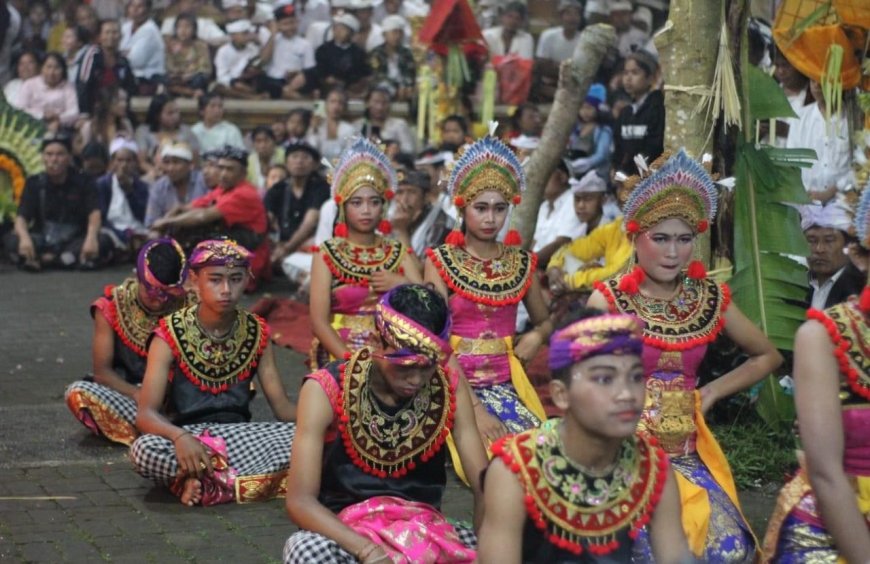
SangHyang Janger Maborboran Dance Performance (photo source: writter collection)
Seen from its function, Sanghyang Janger Maborbor Dance has several functions for its supporting community, especially in Yangapi Village and Bangli society in general. These functions include ritual, social, and aesthetic aspects. Rituals related to this dance are performed during "odalan" at Masceti Temple and other temples in Yangapi Village, acting as a form of rejection of the plague, fertility dance, and as an effort to pay vows. Social function involves the role of Sanghyang Janger Maborbor Dance in the context of social culture and social ethics in religion. Overall, the form and function make Sanghyang Janger Maborbor Dance a unity that is functionally and harmoniously connected as a form of performance called Sanghyang Janger Maborbor Dance.
Sanghyang Janger Maborbor Dance is not just a mere art performance, but also reflects the local wisdom and spiritual wisdom of the Balinese people. In its performance, this dance not only functions as a form of artistic expression, but also as a means of conveying moral messages and cultural values passed down from generation to generation.
Related to the ritual aspect, the Sanghyang Janger Maborbor Dance becomes the main means of engaging the community in religious rituals. Plague rejection and fertility ceremonies are an integral part of Balinese life, and the dance provides a strong visual and emotional dimension to these ceremonies. In this sense, the dance is not only an artistic attraction, but also a symbol of spiritual power and social cohesion.
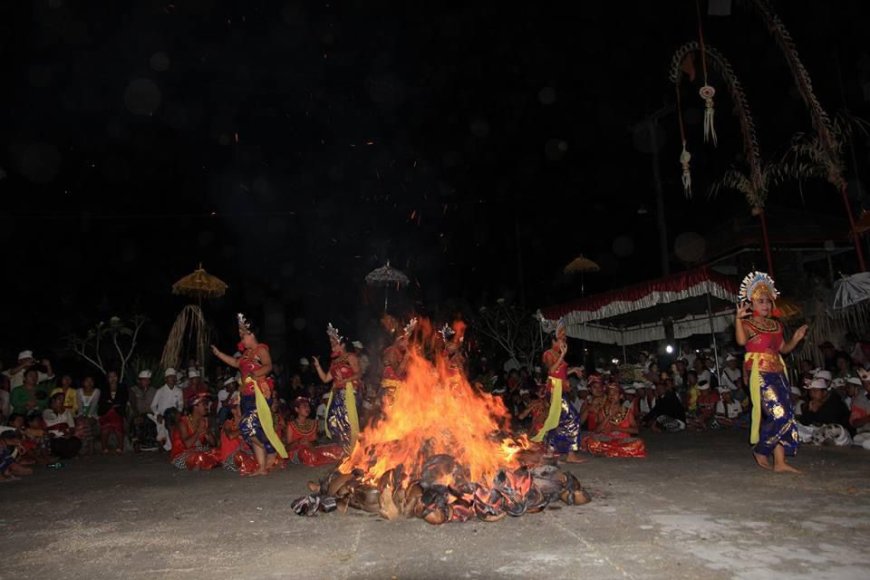
SangHyang Janger Maborboran Dance Performance (photo source : writter collection)
In a social context, Sanghyang Janger Maborbor Dance produces collaboration between dancers, musicians, and audiences, creating strong social ties in the midst of society. Male and female dancers work together harmoniously, creating a visual representation of gender unity and balance in everyday life.
The aesthetic function of this dance is also noteworthy, as the beauty of its movement, sound, and visual display not only creates entertainment, but also increases appreciation for traditional Balinese art. With global adaptation, Sanghyang Janger Maborbor Dance is not only a cultural heritage, but also a window for the world to understand and appreciate the richness of Balinese culture.
Overall, the Sanghyang Janger Maborbor Dance is a living proof of the sustainability and relevance of traditional arts in facing the challenges of modern times. By preserving ancient values and developing contemporary adaptations, this dance continues to make a valuable contribution in maintaining and enriching Bali's cultural heritage.
